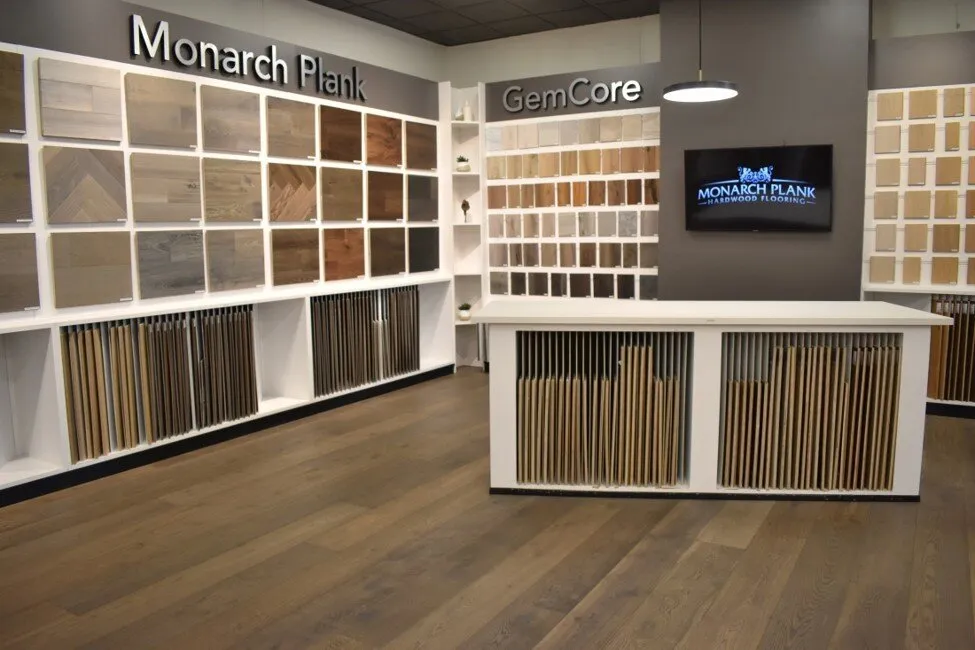Table of Contents
Not only does a good fence frame the yard and add to a home’s curb appeal, but it also can provide an element of privacy and safety, including noise reduction.
Sound minimization is becoming especially prevalent as more houses are being built on the same acreage as previously built developments, according to the Census Bureau’s 2018 Characteristics of New Housing data. Neighborhoods are packed tighter as more people flock to city centers to be in good school districts. This means more noise and less privacy—unless a home has a great fence around the perimeter, that is. You might have to be creative to construct a useful sound barrier on a property.
Here are some factors to consider when recommending fence products:
Material and structure
The heavier the fence, the fewer disturbances that will make their way into a yard. Different materials will interact with sound differently, but generally speaking, the more rigid a material, the better it will handle sound. Brick or stone masonry are clearly the most “rigid” choice, but can be cumbersome and expensive. Products reinforced with steel or other materials are also a good bet for blocking sound. When the sound has more layers to go through, the fence material is less likely to vibrate and amplify the sound waves when they hit it.
However, a fence doesn’t have to be a brick wall to be impervious to noise. Materials such as layered wood, vinyl and polymer are also effective at dampening or blocking noise, assuming the fence provides coverage from the ground up and there aren’t any gaps or slats for soundwaves to slip through. Hedging and shrubbery can also help to absorb sounds if planted in front of the fence inside the yard. Landscaping features with running water, like fountains or constructed waterfalls, can help drown out some noise, too.
A taller fence also blocks more sound, but be sure to check zoning or HOA regulations for height restrictions before recommending a product. Solid sound barriers 8 to 12 ft. in height can reduce ambient noise by up to 10 decibels, according to the U.S. Department of Transportation Federal Highway Administration, which will sound like half as much noise.
Proximity to the sound’s source
In most neighborhoods, the loudest sounds come from the road or a nearby highway. The trick is to build the sound barrier as close to those sources as possible—without violating any codes. The closer the sound barrier is to the source, the sooner the sound waves are absorbed or deflected, depending on the material. In neighborhoods where zoning prevents building too close to the road, recommend a fence as heavy and as tall as allowed, and add some landscaping, such as hedges or trees, to help absorb the noise.
Curb appeal
Building an effective sound barrier doesn’t mean sacrificing style. If a classical stone wall will look like an eyesore next to a contemporary home, a steel-reinforced vinyl or polymer that’s molded to look like stone is sleeker and will still effectively reduce noise. Plus, vinyl is much easier and less expensive to install and maintain over the years. Vinyl fences come in a variety of heights, textures, colors and styles—from classic to traditional to contemporary—to complement all different types of architecture. And if a homeowner wants to maximize or personalize curb appeal, adding accents and other design elements—such as spindles, lattices, gates, post caps or solar lights—can liven up the look without forfeiting its practicality.









